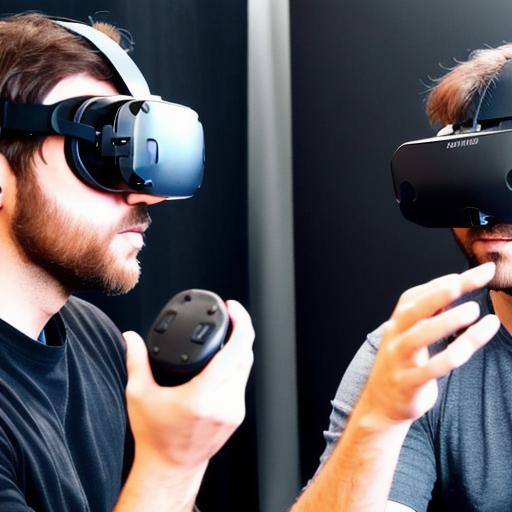When it comes to Virtual Reality (VR) development, two powerhouse game engines dominate the scene: Unity and Unreal Engine. Both platforms offer robust features for creating immersive VR experiences. In this discussion, we’ll compare these engines, focusing on their suitability for VR development from a web developer’s perspective.
**Unity:**
Ease of Use: Unity is renowned for its user-friendly interface and comprehensive documentation. It provides a large community-driven asset store that simplifies the process of finding essential tools for VR projects. For example, the XR Interaction Toolkit provides ready-made scripts to manage common user interactions, while the Oculus Integration package offers seamless integration with popular VR headsets.
**Compatibility:**
Unity supports various VR platforms such as Oculus, SteamVR, and Google Cardboard out of the box. This compatibility makes it an attractive choice for web developers who may target multiple VR platforms.
**Performance:**
Unity’s rendering pipeline is optimized for real-time applications, making it a popular choice for VR projects due to its ability to deliver high frame rates, which is crucial for smooth VR experiences.

**Example:**
The VR version of Google’s Tilt Brush painting application was developed using Unity. Its intuitive interface and compatibility with various VR headsets made it an instant hit among users.
**Unreal Engine:**
**Performance:**
Unreal Engine boasts a high-performance rendering engine that can produce visually stunning VR experiences. It offers features such as dynamic global illumination, volumetric lighting, and post-processing effects, making it an ideal choice for developers seeking to create photorealistic VR environments.
**Blueprint Visual Scripting:**
Unreal Engine’s visual scripting system (Blueprint) provides a more straightforward approach to creating complex interactions without the need to write code. This can save valuable time in development and offers greater accessibility to non-programmers.

**Example:**
Epic Games’ own VR title, Fortnite, was developed using Unreal Engine. The engine’s ability to create visually stunning environments, combined with its powerful performance, has contributed significantly to the game’s success in the VR market.
**Summary:**
Both engines offer unique advantages for VR development, and your choice depends on various factors such as project requirements, preferred development workflow, and experience level. Unity, with its ease of use, wide community support, and compatibility with multiple VR platforms, is a solid choice for web developers seeking to build VR experiences quickly. On the other hand, Unreal Engine’s high-performance rendering capabilities, Blueprint visual scripting system, and extensive feature set make it a powerful tool for creating visually stunning and complex VR experiences.
In conclusion, Unity and Unreal Engine each have their strengths when it comes to VR development. Web developers should carefully consider the requirements of their projects, as well as their personal preferences and skill sets, before deciding which engine to use.
